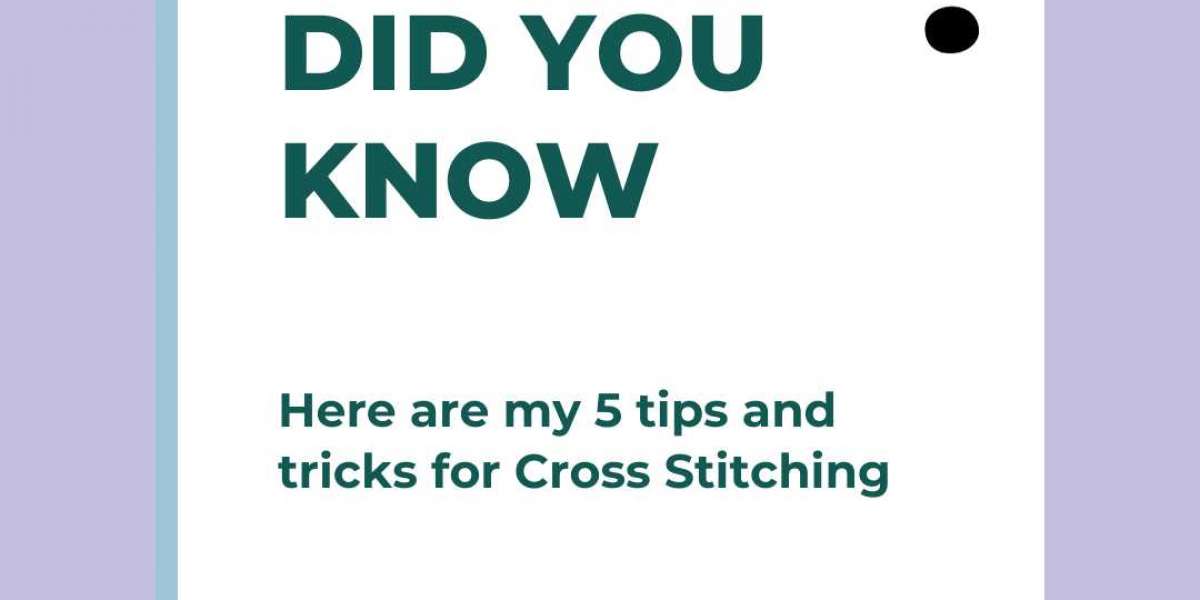Cross Stitch, an artful blend of creativity and precision, can be incredibly rewarding. As you progress in your cross stitch journey, you may want to explore advanced techniques to take your projects to the next level. In this guide, we'll share some insider tips and advanced techniques that will help you achieve flawless cross stitch projects.
1. Parking Method for Multiple Threads
Tip: When working on a large project with multiple colours, consider using the parking method to keep your threads organised.
How to Use the Parking Method:
Thread your needle with the first colour and make your stitches as usual. Instead of cutting the thread, "park" it by bringing it to the front of the fabric where the next stitch for this colour appears and leave the tail hanging down.
Switch to the next colour and make your stitches. Repeat this process, leaving each thread "parked" at the front of your fabric. When it's time to continue with a colour you've parked, simply pick up the thread and continue stitching.
The parking method keeps your threads organised and minimises tangles, making large projects more manageable.
2. Blending Threads for Depth and Texture
Tip: To add depth and texture to your projects, consider blending threads of different colours.
How to Blend Threads:
Select two or more thread colours that are close in shade or from the same colour family. Thread your needle with one strand of each colour. Stitch as usual and the blended threads will create a subtle graduation of colour. Blending threads can add dimension to your cross stitch, making to appear more lifelike and dynamic.
3. Fractional Stitches for Smooth Curves
Tip: Use fractional stitches (1/2, 1/4 and 3/4 stitches) to create smooth curves and intricate details.
How to Make Fractional Stitches:
For a half stitch: Bring your needle up at the lower left corner of the fabric square and down at the upper right corner.
For a quarter stitch: Bring your needle up at the centre of the square and down at any of the four corners.
For a three quarter stitch: Combine a half stitch and a quarter stitch.
Fractional stitches are essential for achieving curved lines, intricate patterns and realistic shading.
4. Backstitching for Definition
Tip: To outline shapes and add definition to your design, us backstitching.
How to Backstitch:
Bring your needle up at the starting point of the backstitch line and down at the ending point of this line. For curved lines, use small, straight stitches to create a smooth curve. Backstitching is excellent for adding fine details, text and defining shapes in your cross stitch projects.
5. Railroading for Neat Stitches
Tip: Railroading is a technique to ensure that your stitches lie flat and neatly side by side.
How to Railroad:
After making a cross stitch, place your needle between the two threads of your floss. Gently pull your needle through, ensuring that the floss lays flat and doesn't twist. Railroading prevents your stitches from twisting and overlapping, resulting in a cleaner and more polished finish.
By mastering these advanced techniques and incorporating them into your cross stitch projects, you can create intricate, dynamic and flawlessly executed designs. Remember, practice is key to getting these techniques down, so don't be discouraged if it takes a little time to achieve the desired level of expertise. Happy Stitching!








